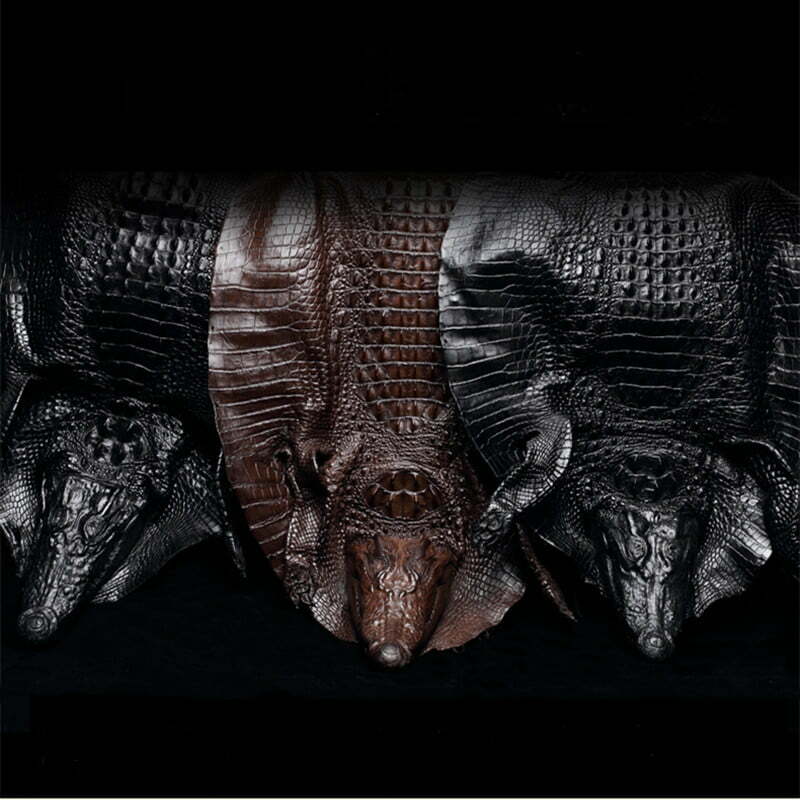No products in the cart.
Buyers Guide
History of Crocodile and Alligator Leather
Crocodile and alligator leather are among the most sought-after and expensive materials in the luxury industry. But how did they become so popular and desirable? The history of crocodile and alligator leather goes back to ancient times, when these animals were revered and feared by different cultures.
Cultures of Alligator Leather
Crocodiles and alligators are native to various regions of the world, such as Africa, Asia, Australia, and the Americas. They have been used for various purposes by the people who lived near them. For example, in ancient Egypt, crocodile skin was used to make armor for religious ceremonies . According to Google Arts & Culture, “In ancient Egypt the crocodile was seen as sacred and divine, and worshipped as a god, so this suit might have been worn by priests of the crocodile sect who by wearing such a garment would take on the spirit of the deity.” In North America, native tribes hunted alligators for food and traded their skins with other groups. Marco Polo, the famous explorer, reported that Chinese alligators were highly valued for their hides.
Proccessing of Alligator Skin
However, it was not until the 19th century that crocodile and alligator skin became more widely available and refined. Thanks to advances in tanning and processing techniques, the skins of these animals could be made into softer, smoother, and more durable leather. This attracted the attention of fashion designers and consumers who appreciated the exotic and elegant look of crocodile and alligator leather.
Crocodile and Alligator Farming
The demand for crocodile and alligator skin hides soon exceeded the supply of wild animals. In the late 1800s and early 1900s, hunters killed thousands of crocodiles and alligators to obtain their skins. This resulted in a drastic decline in their populations and threatened their survival. In 1962, the US government banned the hunting of wild alligators to protect them from extinction. Other countries followed suit and imposed regulations on crocodile hunting and trade.
To meet the demand for crocodile and alligator leather, farmers began to breed these animals in captivity. They created farms where they raised crocodiles and alligators in controlled conditions and harvested their skins in a humane way. Today, most of the crocodile and alligator leather comes from these farms, which follow strict standards of quality and sustainability.

Crocodile and Alligator Leather Products
Crocodile and alligator leather are still considered as luxury items that symbolize status and sophistication. They are used to make various products, such as bags, shoes, belts, wallets, jackets, and watches. Each piece of crocodile or alligator leather is unique, with its own pattern of scales and texture. The quality and price of crocodile and alligator leather depend on several factors, such as the size, shape, color, age, and origin of the skin.
Crocodile and alligator leather have a long and fascinating history that reflects the relationship between humans and nature. They are examples of how natural resources can be used responsibly and respectfully to create beautiful and valuable products.

